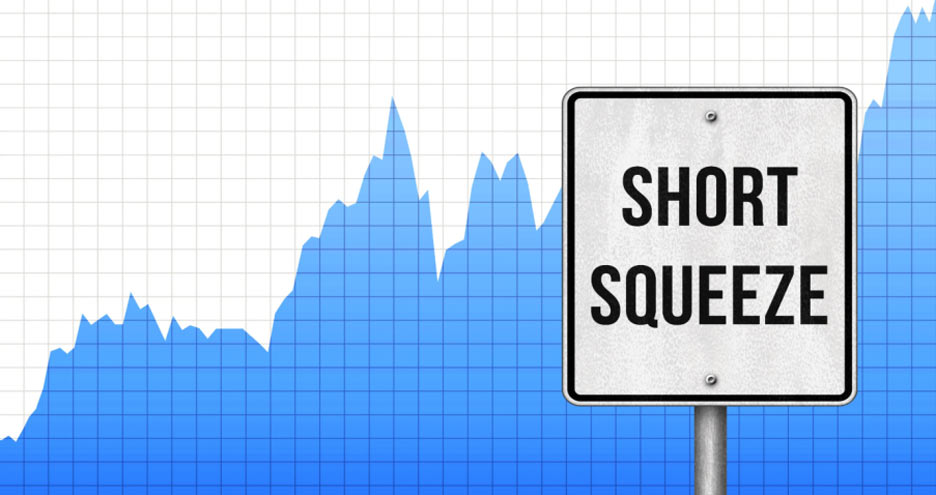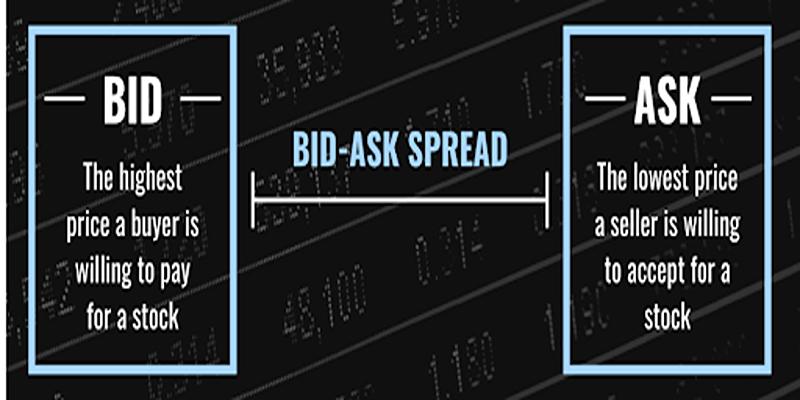If you're an investor, you may have heard the terms "short squeeze" and "short covering" used. But what do these terms mean? Are they similar or different from each other?
In this blog post, we'll break down the difference between a short squeeze and a short covering so that you can make better-informed decisions as an investor.
We'll explain how these strategies work, their pros and cons, and some real-world examples to help put things into perspective. Your investment portfolio will thank you!
What is a Short Squeeze?
A short squeeze is a trading strategy used by investors betting on a stock to fall in price.
They do this by borrowing the stock from another investor, selling it at the current market price, and waiting for it to drop before buying it back at a lower cost. This difference between the purchase and sale prices is their profit.
How does Short Squeeze operate?
The short seller hopes the stock price will decrease, allowing them to make a profit.
However, if the stock price suddenly increases instead, it can cause a "short squeeze" in which the investor is forced to buy back the stock at a higher price than what they initially sold it for. This can lead to losses for the investor if the stock continues to rise.
What is a Short Covering?
A short covering is the opposite of a short squeeze. It's a strategy used by investors betting on a stock to rise in price. They borrow the stock from another investor and purchase it at the current market price.
When the stock price rises, they buy back the same number of shares, returning them to the lender and pocketing the difference between the purchase and sale prices.
How short-covering operates
Short-covering is a way for investors to lock in profits if they are betting on a stock's price to rise. When an investor believes the stock they borrowed will increase in value, they will purchase it at the current market price and wait for it to go up before buying back the same number of shares.
This difference between the purchase and sale prices is their profit.
The Difference Between a Short Squeeze and a Short Covering
The difference between a short squeeze and a short covering is that one strategy bets on the stock price to drop while the other bets on the stock price to rise. Short squeezes are riskier because your profit will be much less than expected if the stock does not fall in value.
On the other hand, a short covering is safer because if the stock rises in value, your profit will be much higher than expected.
Let's look at a real-world example to better understand the difference between short squeezes and coverings. Suppose an investor takes a short position in Apple stock (AAPL). If the price of AAPL rises, the investor will be required to close out the position and buy back the shares at a higher price, resulting in a loss.
On the other hand, if AAPL drops in value, then the investor may be able to buy back the shares at a lower price and realize a profit. In this case, the investor has executed a short squeeze.
Examples of a Short Squeeze
A short squeeze can be a very effective trading strategy, but it does come with some risk. Here are a few examples of when a short squeeze has worked in the past:
• In 2017, GameStop's stock price skyrocketed after a group of investors identified an opportunity for a short squeeze.
• In 2018, Tesla's stock price surged after CEO Elon Musk tweeted about a possible short squeeze in the company's shares.
• In 2020, AMC Entertainment's stock price surged after a group of investors identified an opportunity for a short squeeze.
Examples of a Short Covering
Short covering is a less risky strategy, but being aware of the potential risks is still important. Here are some examples of when a short covering has worked in the past:
• In 2018, Apple's stock price surged after investors identified an opportunity to execute a short covering.
• In 2019, Microsoft's stock price rose after investors identified an opportunity to execute a short covering.
• In 2020, Amazon's stock price rose after investors identified an opportunity to execute a short covering.
Pros and Cons of Both Strategies
Short squeezes and short coverings are two popular strategies investors use, but they do come with their pros and cons. Here are some of the benefits and drawbacks of each strategy:
Short Squeezes:
Pros:
• Can result in quick profits if the stock falls as expected
• Can be used to profit from downward price movements in a stock
Cons:
• Riskier than short coverings
• Can result in losses if the stock does not fall as expected
Short Coverings:
Pros:
• Safer than short squeezes
• Can result in quick profits if the stock rises as expected
Cons:
• Can result in losses if the stock does not rise as expected
• Prone to market volatility and can be difficult to predict
Important Considerations for Investors to Keep in Mind Before Engaging in These Strategies
Before engaging in short squeezes or short coverings, investors should consider the following factors to ensure they make informed decisions:
• Understand the basics of investing and stock market trends.
• Research stocks before investing and understand their potential risks.
• Analyze investment opportunities carefully and use technical indicators to determine entry and exit points.
• Implement a diversified portfolio of investments to mitigate risk.
• Monitor stock prices regularly and adjust positions when necessary.
• Use stop-loss orders to limit losses in the event of market volatility.
FAQs
How do you know if shorts are covered?
Investors can look at a stock's trading volume to see if shorts are covering. If there is an increase in trading activity, then it could be a sign that shorts are closing out their positions.
Additionally, investors can track the number of shares sold short and compare them to the total float (the total number of outstanding shares). A decrease in shares sold short could indicate that shorts are covering their positions.
Is a short squeeze illegal?
No, a short squeeze is not illegal. It is a trading strategy used by investors to capitalize on an increase in the price of a stock due to excessive bearishness (shorts covering their positions).
However, investors must ensure they behave ethically and comply with all relevant regulations when engaging in any trading strategy.
What comes after short covering?
Once shorts have covered their positions, the stock may continue to climb due to positive news and investor sentiment. If there are no fundamental or technical reasons for the price increase, the price will likely decline to its pre-short squeeze level.
Investors should always be wary of market bubbles and seek to protect their investments by diversifying appropriately.
Conclusion
Short squeezes and short covering are two strategies investors can use to make money in the stock market. A short squeeze is when many people who have sold (or "shorted") a stock want to buy it back simultaneously, driving its price.
Short covering is when an investor closes out their short position by buying a stock, usually because they think it will rise in price.
Both strategies can be effective if used correctly—but they also carry significant risks. Before you attempt either one, understand the implications and do your research thoroughly.
That way, you can optimize your investments while minimizing the potential for loss. With the right strategy and knowledge, you can make smart decisions as an investor and reap the rewards!






